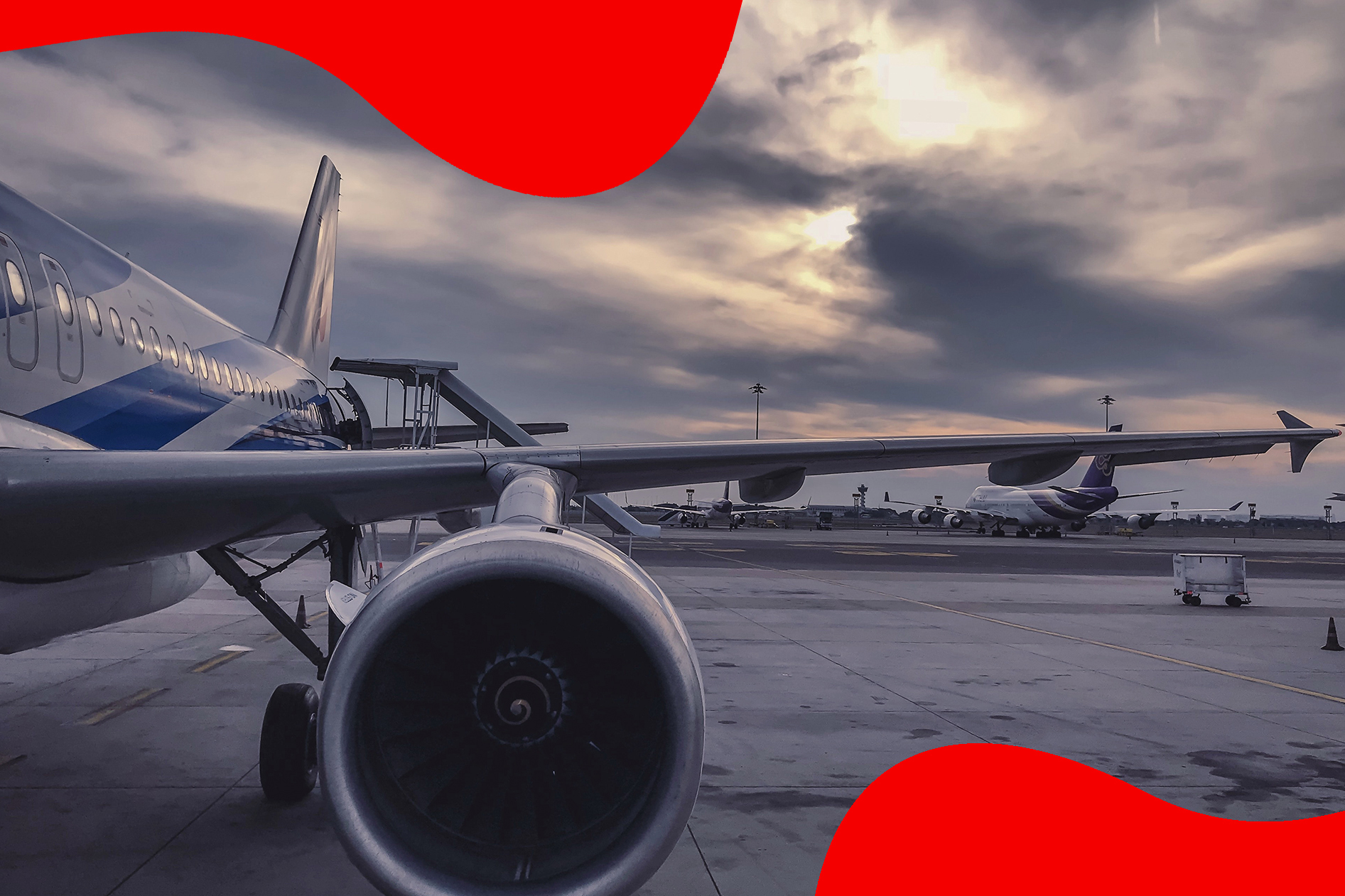
Structural adhesives, A growing trend
What place can structural adhesives come to occupy in the stock market?
Structural adhesives, an ever-growing market
Structural adhesives can reach 27.9 million euros in 2030, this conclusion is the conclusion of the report published by the prestigious Allied Market Research. We are talking about a technology in continuous evolution that is committed to the joining of materials and that offers a wide variety of advantages that make it a future asset that continues to grow in global demand.
In addition, it is expected to grow in multiple markets. For example, automotive parts can be bonded with adhesives and the result is a high quality and very reliable product, as its chemical composition is similar to that of polyurethane foams. On the other hand, acrylics and polyurethanes are structural adhesives that are in continuous demand in various industries, such as construction. The use of these adhesives is widespread in the industry for several reasons: they are durable, versatile and economical.
Structural Adhesives Advantages
One of the advantages of structural adhesives is their reliability and durability once cured, which contributes greatly to subsequent maintenance.
Structural adhesives are used in a wide variety of industries, such as construction, aerospace and many other industries.
Structural adhesive is durable and reliable when cured, which means that it will not break or peel off the surface to which it is applied. This is a great advantage, as it can be used for the maintenance of various products that can become a real headache in the event of damage.
Different properties of Structural Adhesives
Estos son los diferentes adhesivos estructurales que más destacan en las diferentes industrias:
Epoxy is a type of adhesive that can be used in many different industries. It is known for its high structural strength, and has a high resistance to heat and chemicals.
Epoxy generally consists of two components, a resin and a hardener. The resin creates the bonding properties, while the hardener provides the curing properties. Epoxy can be used in many industries, such as construction, transportation and electronics manufacturing.
Polyurethanes are a group of polymers that are made from two or more different types of isocyanates and polyols.
Polyurethanes offer a strong bond, high flexibility and permanent elasticity. They are used in many applications, including adhesives, sealants, insulation, paints and coatings.
Silicone is a synthetic polymer used in many different industries. It can be formulated for high and low electrical and thermal conductivities, with a wide range of mechanical properties.
In the aerospace industry, silicone is used to manufacture seals and gaskets, which are necessary for both military and commercial aircraft. It also has applications in the automotive industry as an insulator for wires or cables in high-voltage electrical systems. Silicone can also be used to manufacture non-stick pans, lubricants, adhesives, coating materials, sealants, caulks and sealant cements.
Acrylics are versatile and can be used in many different ways.
Acrylics offer an extremely strong bond that is both rigid and flexible, depending on the application. They can be used for a variety of purposes, including in building construction, as a protective coating for metals or as a sealant for concrete.
Acrylics are also used in painting because they provide an opaque finish and have good coverage.
Adhesive applications in the future
Researchers have created new and durable structural adhesives for affordable housing and future infrastructure.
For example, one of the most prominent, 3D printing of concrete is a relatively new technique that has been developed for construction purposes. It is a process in which concrete is printed in layers, which can promote structural integrity and allow for easy load transfer. The 3D printing process has many advantages over traditional concrete production and can be used to produce architectural elements with complex geometries.
On the other hand, other adhesives are being investigated that are made from natural materials and can be used to build houses strong enough to withstand earthquakes.
These new adhesives could be a game changer in the construction industry. They are inexpensive, easy to use and can be made from natural materials.

All comments
1
1
1
thanks for info